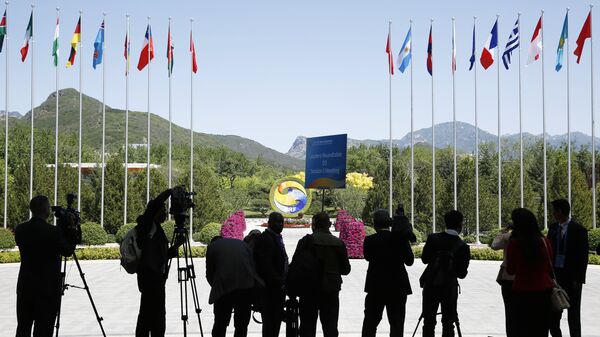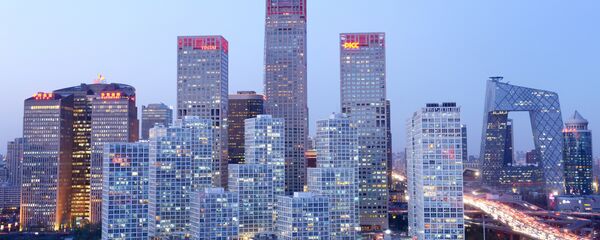The raised GDP figures prompted the National Bureau of Statistics to suggest China's economy had become "more stable, coordinated and sustainable" yet they also cautioned that external influences and global uncertainty were relatively large and might negatively impact China's development.
One aspect of concern is the growing volume of overseas investments by a relatively few large Chinese conglomerates. The recently concluded National Financial Work Conference, held only once every five years, stressed that the financial sector ought to better serve the real economy. In parallel, the country's banking regulator is looking more carefully at leading Chinese investment companies to study their overseas loans.
Such activity perhaps follows global concerns that have seen both European and US regulators levy massive fines on bankers: it would thus be prudent to show Chinese regulators fully understand their position while they open-up the internal markets to new trading by a few specialist banks such as UBS, BlackRock and Fidelity.
One might sense China's surge along three tracks — the development of its financial markets (partially represented by these new fund managing firms), its internal growth management which will maintain alignment with the 2015 Paris Agreement on Climate Change (that perhaps China is leading following the US default), and the 2015 UN Sustainable Development Goals (SDGs) as well as fully developing the Belt and Road initiative.
The three specialist banks have been represented in China for a while. Fidelity was first, in May, to launch a private fund in China; BlackRock is the globe's largest money manager; and UBS, a Swiss global funds manager, reckons world-wide there is massive amounts of un-managed capital, but only recently has the Chinese domestic market been opened to allow them to directly target high net worth investors to offer onshore fixed income, equity and multi-asset private fund investments. UBS also pledged investment of $5 billion over the next five years in sustainable development-related investment options.
One goal of 2015 was to lift as many people out of poverty as possible. China achieved an exemplary performance on this measure and hopes to do more through the SDGs — which aim to eradicate poverty globally. Hence the UBS fund is designed to aid weaker nations with loans from richer nations by offering its investment management skills. To an extent, UBS's entry into China might reflect the growing influence of the China-Switzerland Free Trade Agreement that has supported several joint ventures across the niche talents of Switzerland's firms.
The Belt and Road initiative is becoming more visible across Central Asia and beyond. For instance Kazakhstan and China jointly built the Khorgos Frontier International Cooperation Center which straddles their border. A new priority for the initiative is the central corridor that will link Urumqi via Khorgos to Bishkek (in Kyrgyzstan) …then to Tashkent (Uzbekistan), Ashgabat (Turkmenistan) and finally to Tehran (Iran) based on a top-class fast rail system through states that presently lack the finance and technical skills to build such interconnections. And like the old days, the new corridor will spark innovation along its routes tapping natural resources and tourism, invigorating large populations in these countries.
The differences between China and the US are clear. China is developing widespread infrastructure projects. The three rail and road corridors (the northern route through Mongolia into Russia and then to Europe; central, as mentioned above; and the southern route from Kashgar through Islamabad to Karachi and Gwadar Port) offer huge opportunities for millions of people: trade and other exchanges will develop. It could nurture new intellectual growth and technical innovation hubs to build the future of the Asian resurgence led by China. And the long links into Europe, not only from China, would support trade and other exchanges of benefit to the world's development.
This article, written by Frank-Jürgen Richter the author and founder of Horasis, was originally published in the Global Times.





